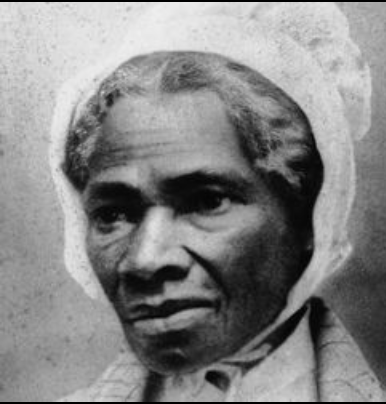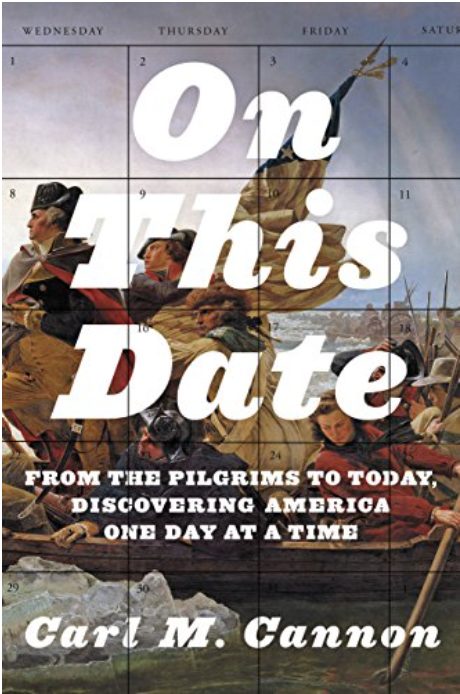Great American Stories: Maria Stewart

on this date in 1832, at a meeting of the New England Anti-Slavery Society, that a 29-year-old black woman made history just by taking the dais to speak publicly at Boston's Franklin Hall. Her name was Maria W. Stewart. Tweet

It was on this date in 1832, at a meeting of the New England Anti-Slavery Society, that a 29-year-old black woman made history just by taking the dais to speak publicly at Boston’s Franklin Hall. Her name was Maria W. Stewart.
Maria W. Stewart was born Maria Miller in 1803, in Connecticut. Her parents were free blacks, meaning that Maria was never a slave. She was orphaned at age 5, however, and placed as a domestic in the home of a New England clergyman. There, she was taught to read and write. She also learned her Bible, and learned it well.
At 15, she hired out as a domestic servant. At 23, she wed a black shipping agent named James W. Stewart. Stewart was a combat veteran of the War of 1812 who had spent time as a prisoner of war in Great Britain. Although she was half Stewart’s age, it seems to have been a marriage of love: She even took his middle initial as her own. The couple assumed their place in Boston’s emerging black middle class; inspired by prominent African American abolitionist David Walker, both became active in the anti-slavery movement. But Maria’s husband died in 1829. Six months later, Walker died too.
In her grief, Maria could have folded her tent, especially after the machinations of the legal system denied her the widow’s pension she was entitled to because of her husband’s military service. Instead, she went back to work while reconnecting with the old-time religion of her childhood. All those hours spent learning to read — learning to read by poring over the Bible — bore fruit.
Her new religious awakening dovetailed with her evolving political activism. Convinced that she was called to become a foot soldier “for God and for freedom,” she reached out to crusading abolitionist William Lloyd Garrison, who published her writings in his paper.
On Sept. 21, 1832, when Maria Stewart rose to speak at Franklin Hall, it one of the first times in this country that any woman, white or black, had spoken to a mixed-gender audience about politics. The lecture she gave that day — titled “Why Sit Ye Here and Die?” — was not intended to make her audience comfortable.
She challenged the sexism that existed even within the liberation community. She chastised New England abolitionists for their smugness about Southern slavery, comparing the latter to the virtual economic servitude of black laborers in the North. And she dismissed the back-to-Africa movement then popular among certain radicals as misguided. In its place she was offering something else, a kind of African American Exceptionalism.
She spoke publicly for three years before abdicating her pulpit. And the long arc of her own career took a turn late in life. In 1878, while living in Washington, D.C., her widow’s pension from her husband’s service in the U.S. Navy was finally awarded to her. It wasn’t a lot of money — $8 a month, plus some back pay — but she used it to republish some of her old writings, along with other reminiscences, in a volume titled “Meditations From the Pen of Mrs. Maria W. Stewart.”
Carl M. Cannon is the Washington bureau chief for RealClearPolitics. Reach him on Twitter @CarlCannon.









